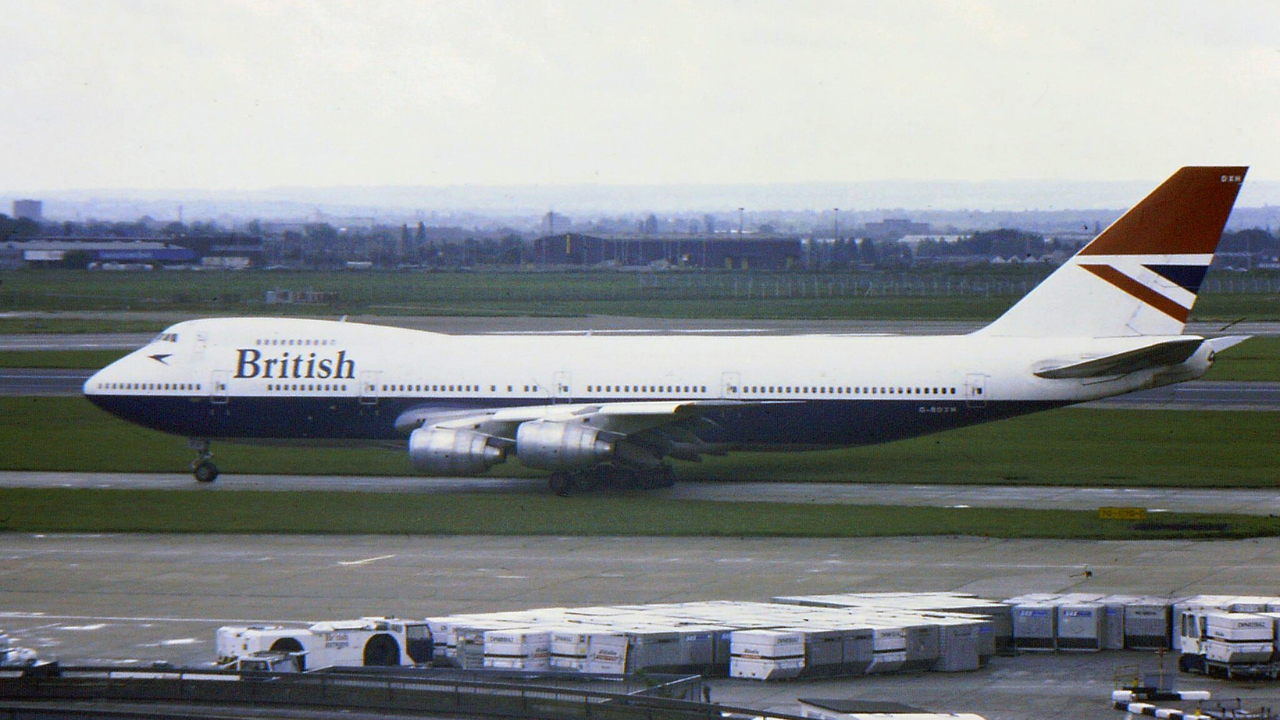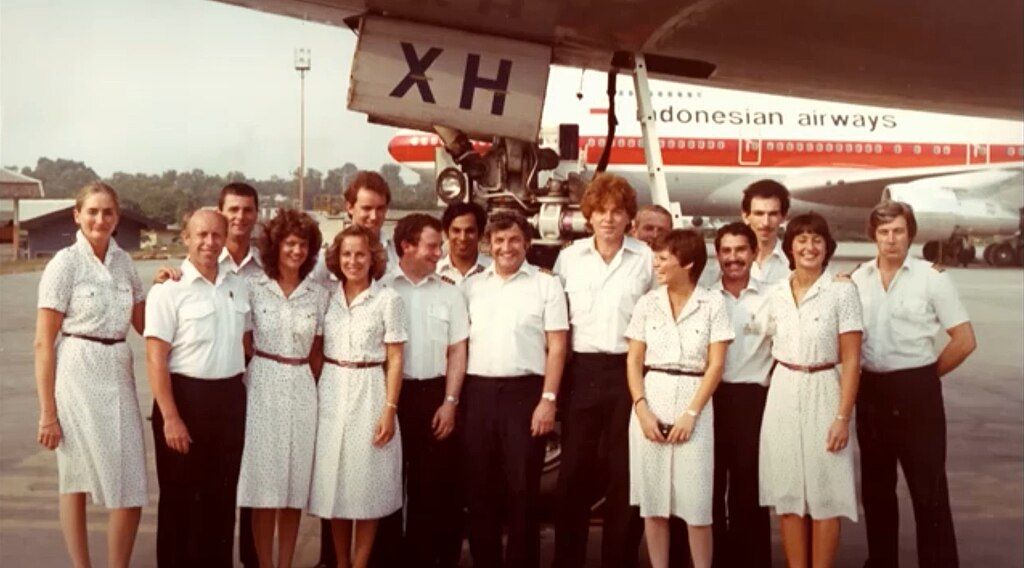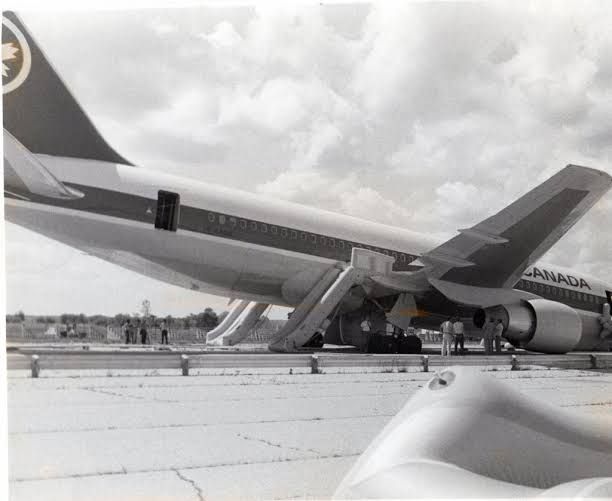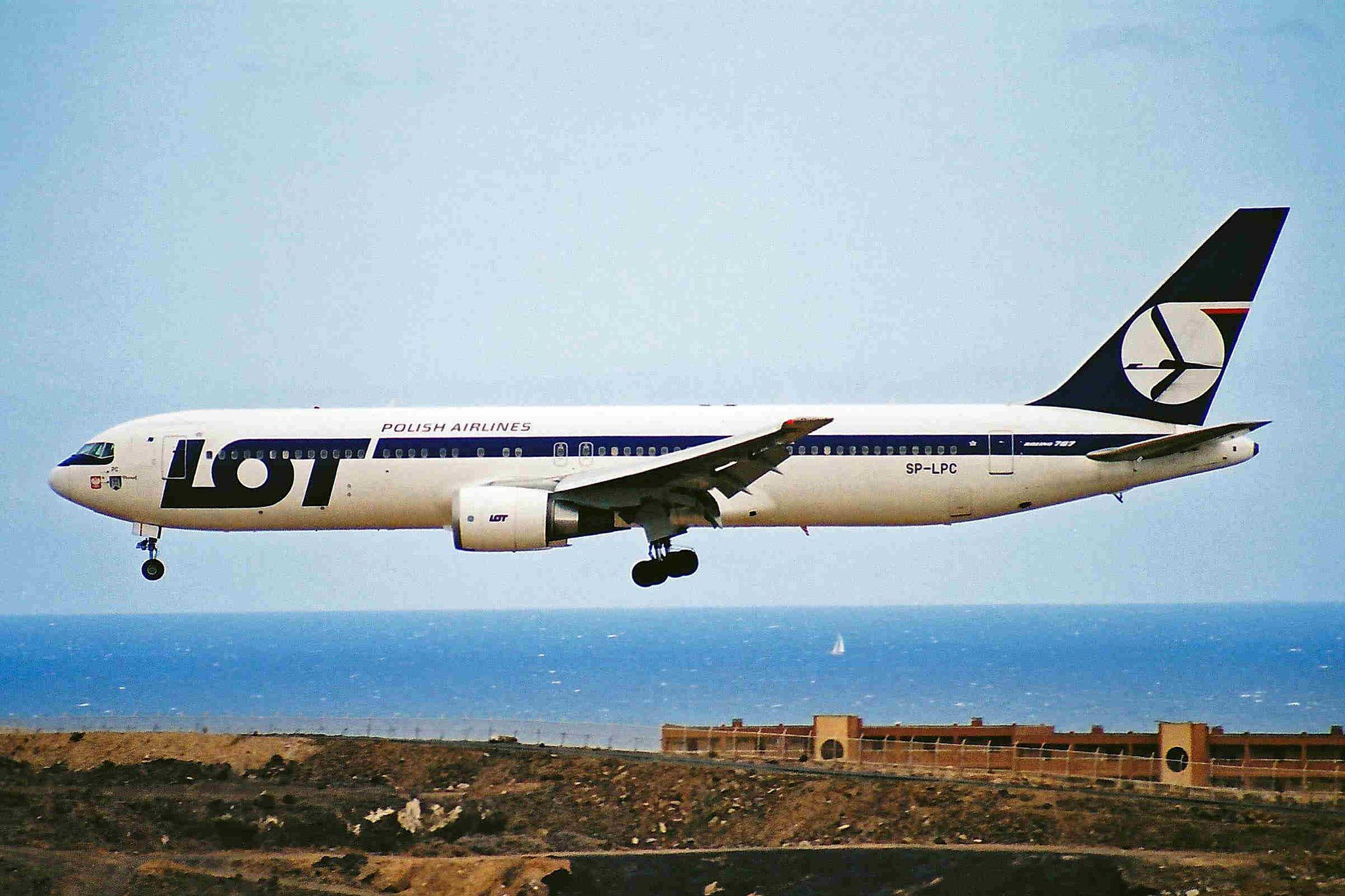Summary
- Some of the most daring emergency landings in aviation history include British Airways Flight 009, Air Canada Flight 143, and US Airways Flight 1549.
- These emergency landings involved challenging circumstances such as volcanic ash, fuel exhaustion, and engine failure, but skilled pilots were able to execute successful landings.
- The crews of these flights demonstrated exceptional skill, teamwork, and composure, saving the lives of all passengers and crew onboard and becoming symbols of aviation heroism.
Emergencies are rare but can be incredibly challenging for even the most experienced pilots. Among the most harrowing situations is the need for an emergency landing. Over the years, aviation history has witnessed some daring and skillful emergency landings. While there are several interesting incidents worth nothing, here are four of some of the most daring emergency landings ever attempted.
1 British Airways Flight 009 (1982)
On June 24, 1982, British Airways Flight 009, a Boeing 747-236B, took off from London en route to Auckland, New Zealand, with stopovers in Mumbai, Kuala Lumpur, Perth, and Melbourne.
In a case of unfortunate timing, Mount Galunggung, a volcano in Indonesia, had erupted, sending a plume of volcanic ash into the atmosphere. Thus, while cruising over the Indian Ocean near Jakarta, the flight encountered a perilous challenge: volcanic ash.
As the aircraft flew through this volcanic ash cloud, all four engines of the Boeing 747 failed. Because this occurred at night, the cause of the failure was not immediately apparent to the crew or air traffic control. One thing that they were certain of was that they were faced with a harrowing situation: a powerless jumbo jet with 263 passengers and 15 crew members onboard.
Smoke began to fill the aircraft, soaking the passenger cabin with a sulfuric odor. And after all four engines flamed out one after the other, Captain Eric Moody announced:
“Good evening ladies and gentlemen. This is your captain speaking. We have a small problem. All four engines have stopped. We are all doing our damnedest to get them going again. I trust you are not in too much distress.”
Incredibly, the crew bought time by taking advantage of the 747-200’s glide ratio of roughly 15:1, and eventually managed to restart each engine after descending through the ash cloud. Through exceptional teamwork and resourcefulness, they regained control of the aircraft and executed a successful emergency landing in Jakarta.
2 Air Canada Flight 143 (1983)
Air Canada Flight 143 – popularly known as the Gimli Glider – was a scheduled domestic flight between Montreal and Edmonton, operated on a Boeing 767. On July 23, 1983, the aircraft encountered a fuel quantity indication problem, leading to a fuel exhaustion crisis mid-flight. Consequently, the aircraft found itself with no fuel at 41,000 feet (12,500 meters).
Captain Robert Pearson and First Officer Maurice Quintal faced an unparalleled predicament – they had no choice but to effectively glide the widebody jet. Through exceptional skill and meticulous calculations, the crew managed to glide the aircraft to a decommissioned Royal Canadian Air Force base in Gimli, Manitoba.
The landing at Gimli was nothing short of miraculous. Captain Pearson executed a flawless landing on the former runway, which had been converted into a drag racing strip. A major disaster was averted, saving the lives of all 69 passengers and crew onboard.
3 US Airways Flight 1549 (2009)
Perhaps one of the most famous emergency landings in recent history, US Airways Flight 1549 was a regularly scheduled flight from New York City to Seattle, with a stop at Charlotte, North Carolina. The flight was operated on an Airbus A320.
Flight 1549 faced a catastrophic situation shortly after takeoff from New York’s LaGuardia Airport on January 15, 2009. The aircraft struck a flock of birds, causing both engines to fail. With Captain Chesley “Sully” Sullenberger at the controls and First Officer Jeffrey Skiles by his side, the crew was left with limited options due to the low altitude at which the plane was.
In a remarkable display of quick thinking, skill, and composure, Captain Sullenberger executed an emergency ditching on the Hudson River. From the time of the bird strike to the ditching, only four minutes had passed.
The successful water landing, now famously known as “The Miracle on the Hudson”, saved the lives of all 155 passengers and crew onboard. It became a symbol of aviation heroism and was adapted into a major motion picture.
4 LOT Polish Airlines Flight 16 (2011)
LOT Polish Airlines Flight 16, a Boeing 767, departed from Newark, New Jersey, bound for Warsaw, Poland, on November 1, 2011. Just 30 minutes after taking off, the crew were alerted to a malfunction of the center hydraulic system.
Facing an uncertain outcome, Captain Tadeusz Wrona and First Officer Jerzy Szwarc made the decision to fly to their intended destination in order to burn the heavy load of fuel needed for the transatlantic flight.
With the airport’s emergency services on high alert, Flight 16 made its approach to Warsaw, but aborted when the landing gear failed to extend. Captain Wrona decided to circle the airport for more than an hour to use up excess fuel and allow time for emergency services on-ground to prepare for the landing.
In a daring yet calculated maneuver, the aircraft made a successful gear-up landing on Runway 33 at 14:40. While the B767 sustained substantial damage, none of the passengers and crew onboard were harmed – and all 231 occupants were evacuated within 90 seconds.
What are your thoughts about these daring emergency landings? What do you make of these events? Let us know what you think in the comment section.
Source: BBC




_after_crashing_into_the_Hudson_River_(crop_4).jpg)
